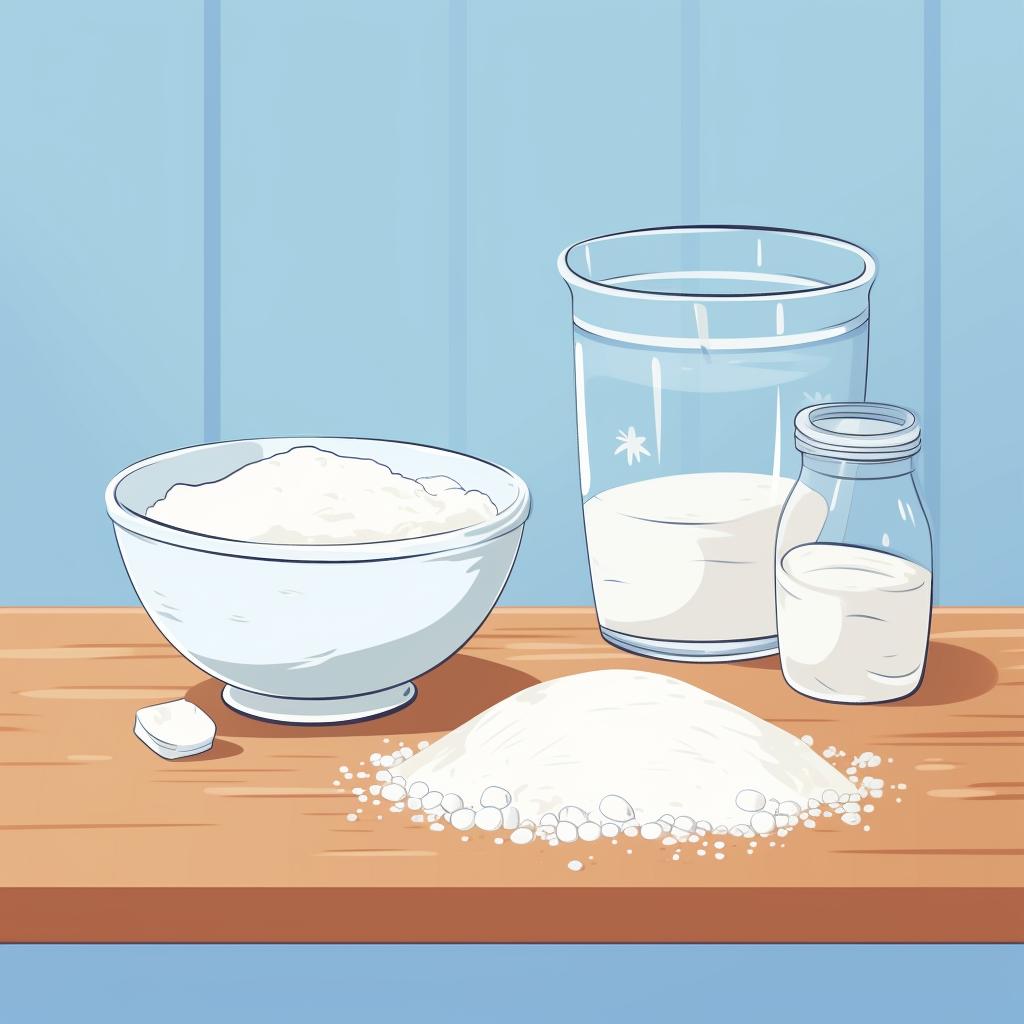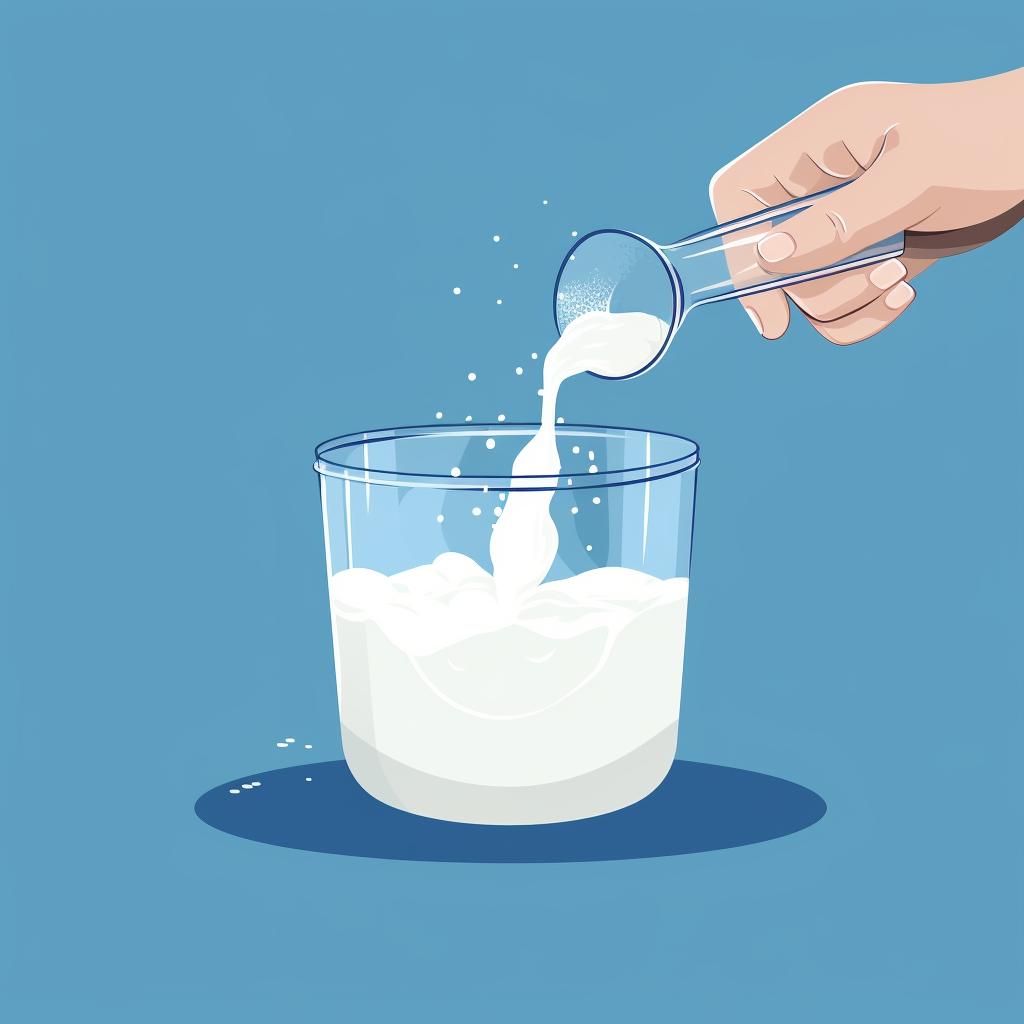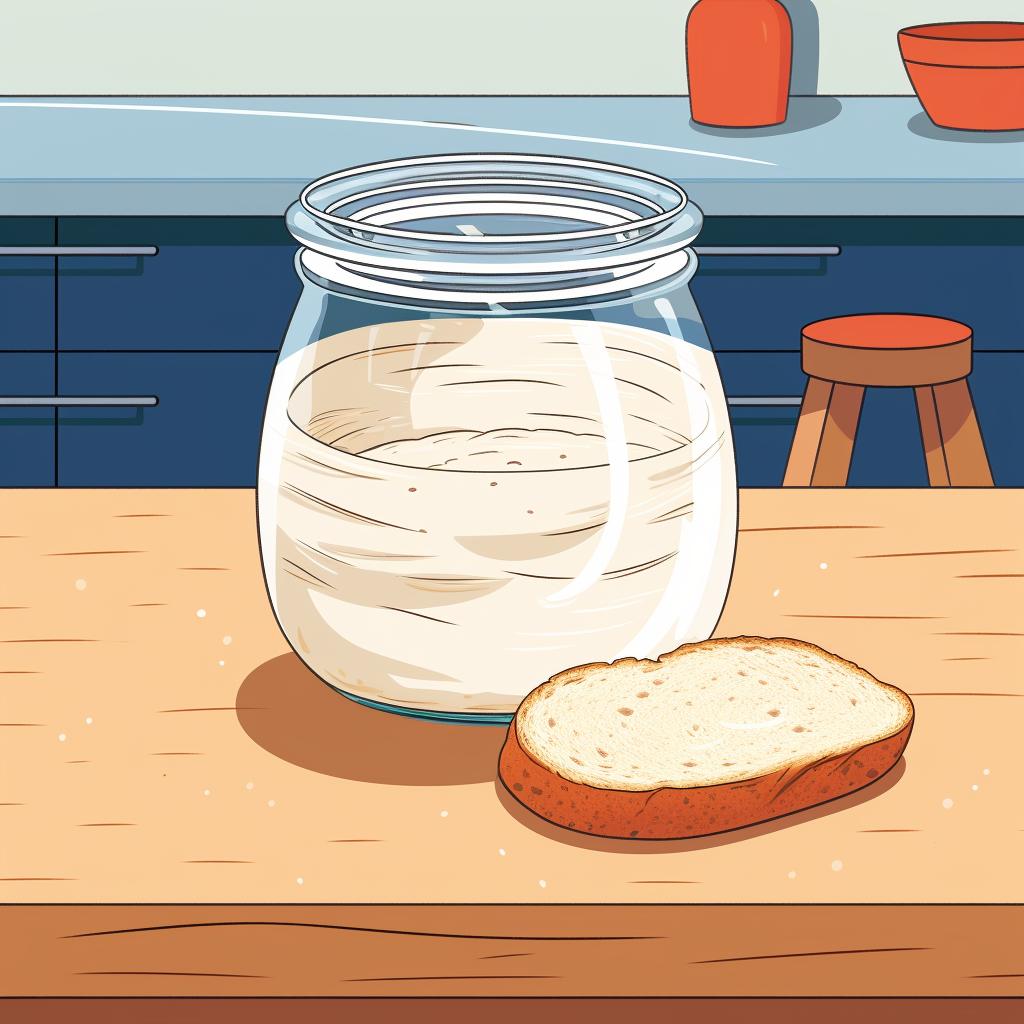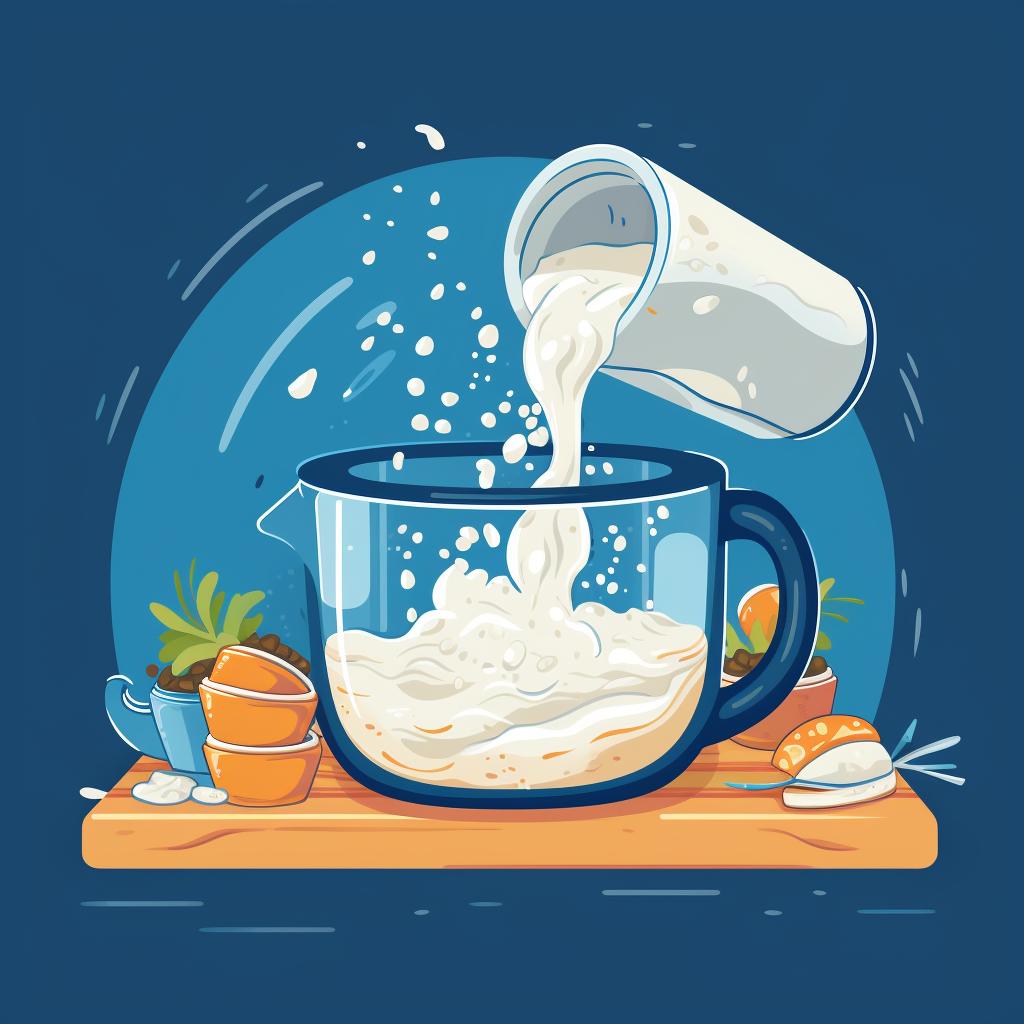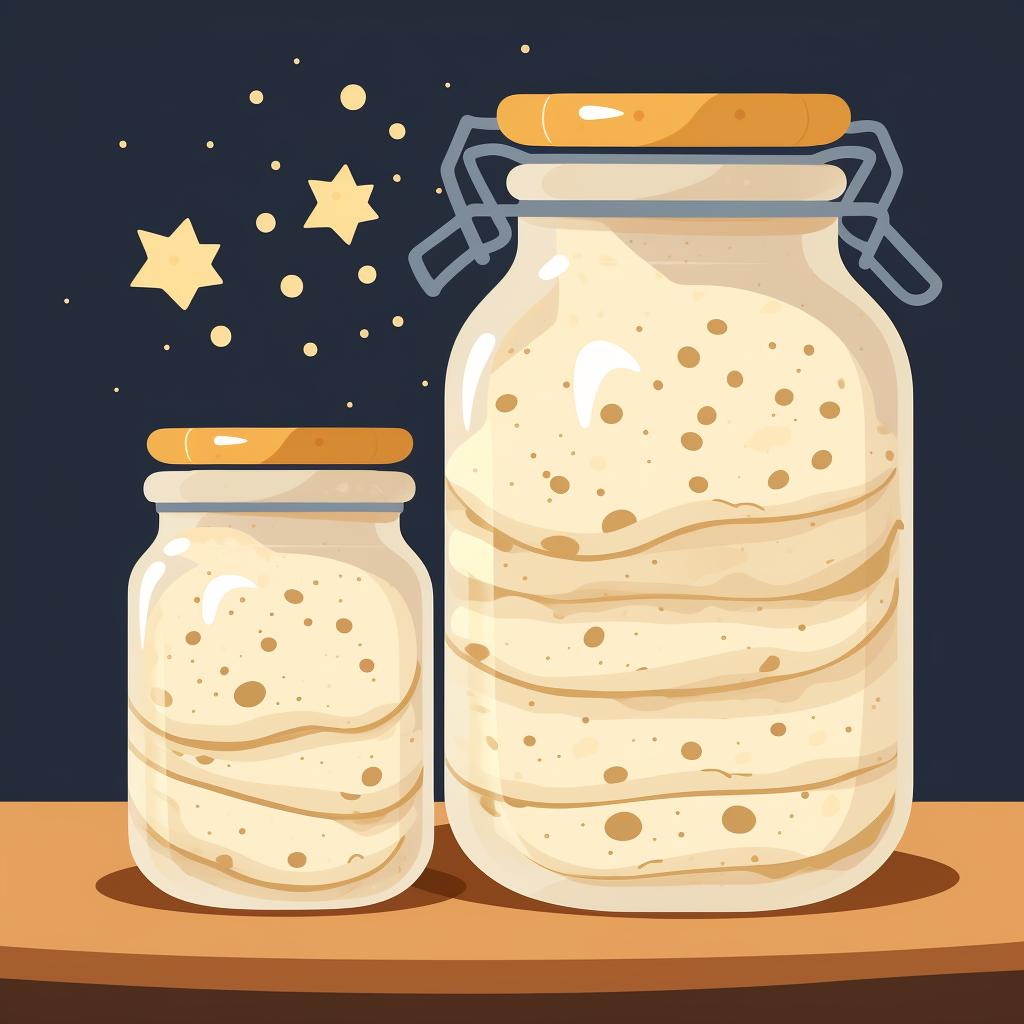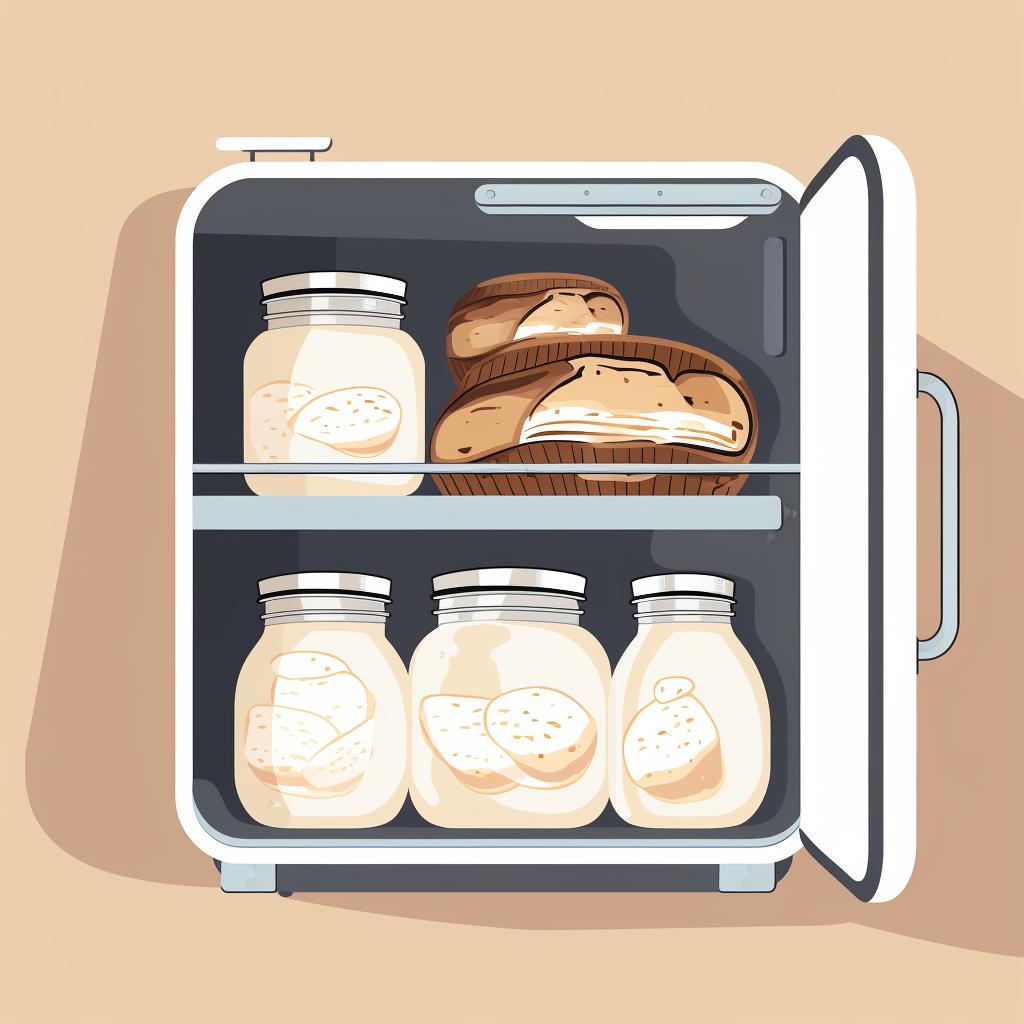🍞 Mastering the Art of Sourdough Starter
Embarking on your sourdough journey is an exciting adventure. With our step-by-step guide, you'll master the art of creating and maintaining a healthy sourdough starter in no time. But, let's delve a bit deeper into the fascinating world of sourdough.
Firstly, you might be wondering, what is a sourdough starter? Simply put, it's a live culture of flour and water. As it ferments, it creates natural yeasts and beneficial bacteria that make your sourdough bread rise and give it its characteristic tangy flavor.
Creating your own starter might seem daunting, but it's simpler than you think. All you need is flour, water, and a bit of patience. However, if you're facing issues, don't worry. Check out our troubleshooting tips for when your sourdough starter isn't rising. It's important to remember that every starter is unique, and it might take a few tries to get it just right.
Feeding Your Sourdough Starter
Once you've created your starter, it's crucial to feed it regularly. But, how do you feed a sourdough starter? It's as simple as adding equal parts flour and water. This 'feeding' keeps the yeast in your starter active and ready to leaven your sourdough bread. If you're not baking regularly, you can store the starter in the refrigerator and feed it once a week to keep it healthy.
Ready to Bake?
When your starter doubles in size within 4-6 hours of feeding and exhibits a pleasant sour smell, it's ready to use. Now, you're all set to bake some delicious sourdough bread. But, if you're wondering how to prepare a sourdough starter for baking, we've got you covered. And, if you're looking for inspiration, why not try our comprehensive guide to creating perfect sourdough rolls?
Remember, baking sourdough is more than a recipe—it's a labor of love. It's about understanding your starter, learning how it responds to different conditions, and adapting as you go. So, dive in and enjoy the journey!

